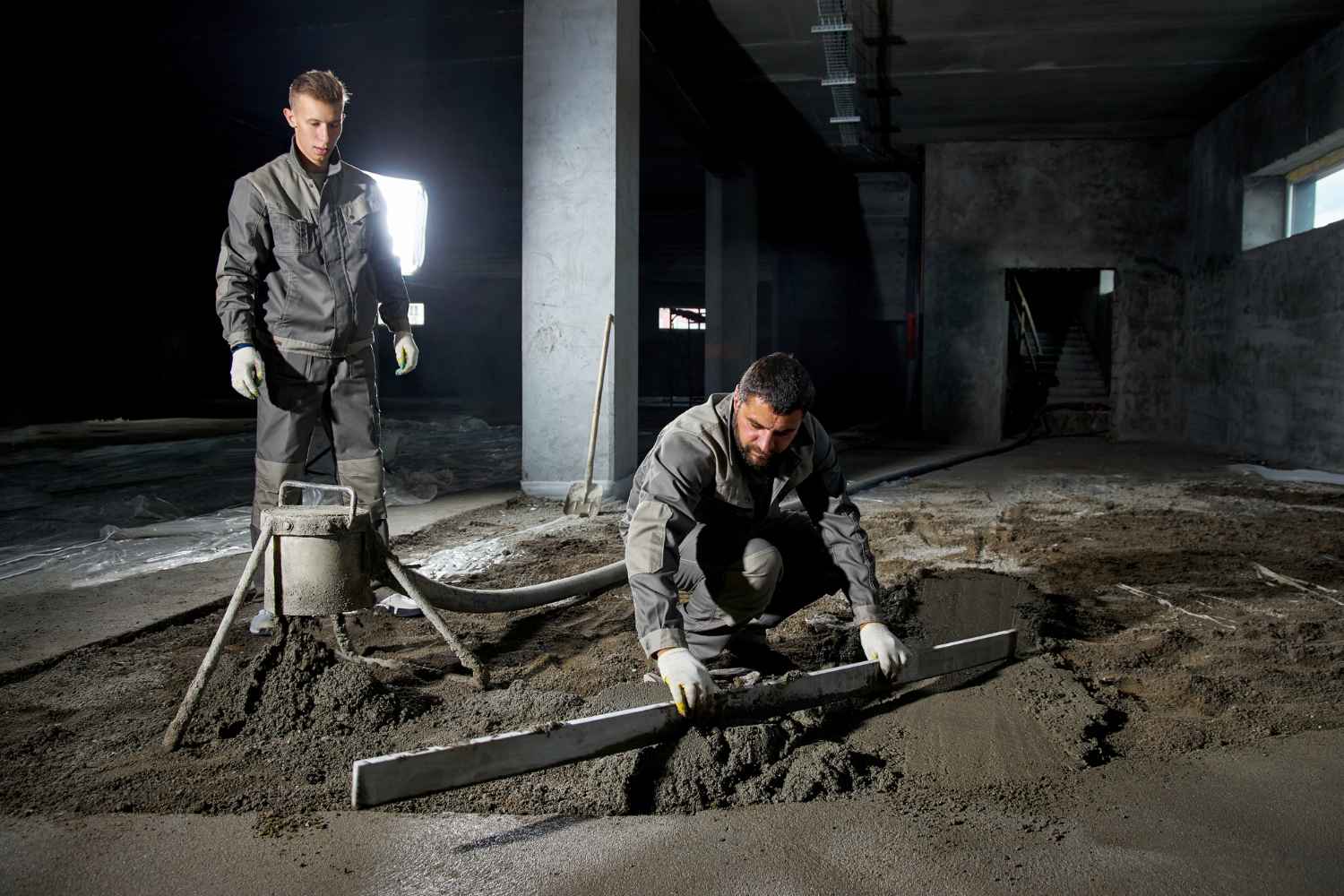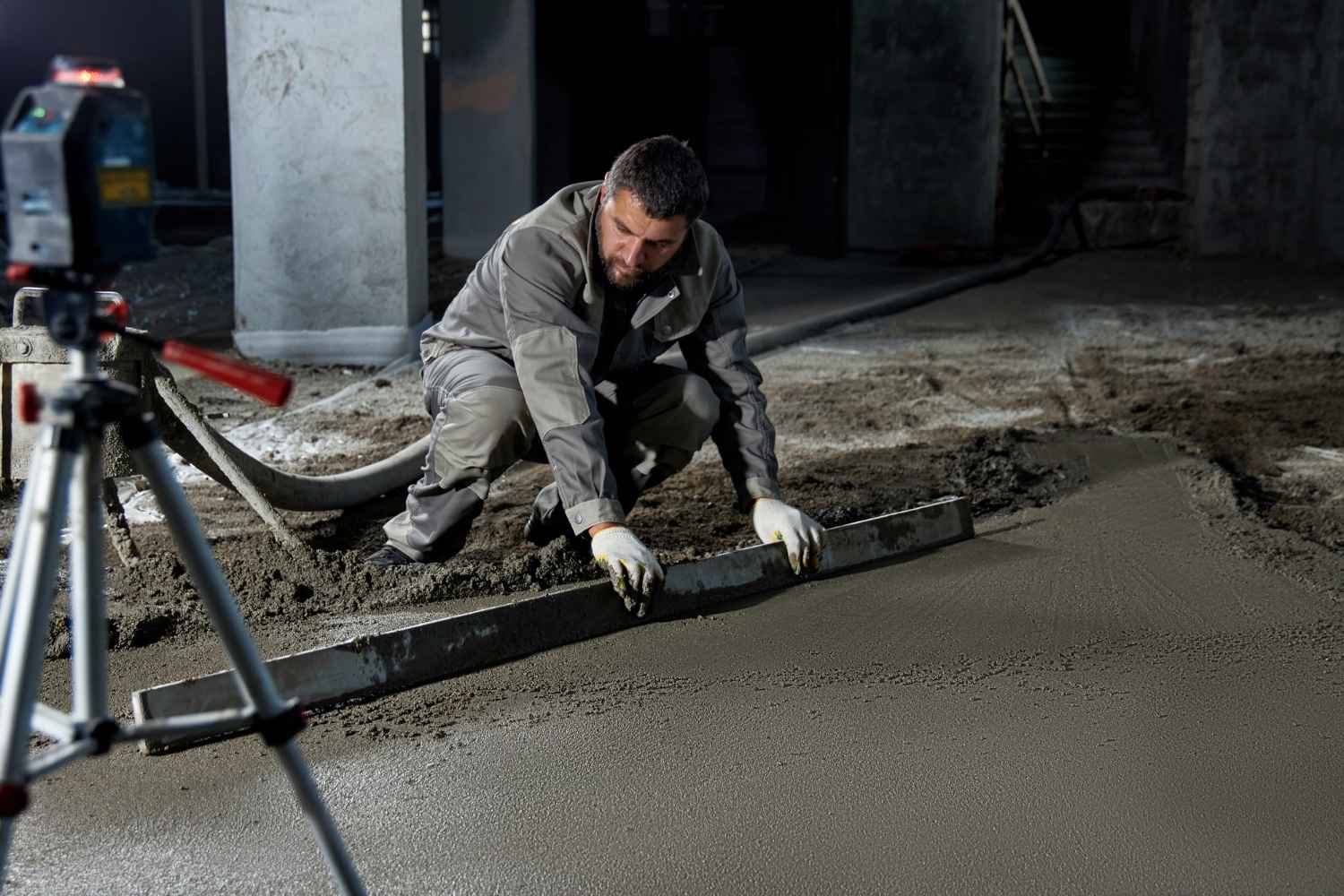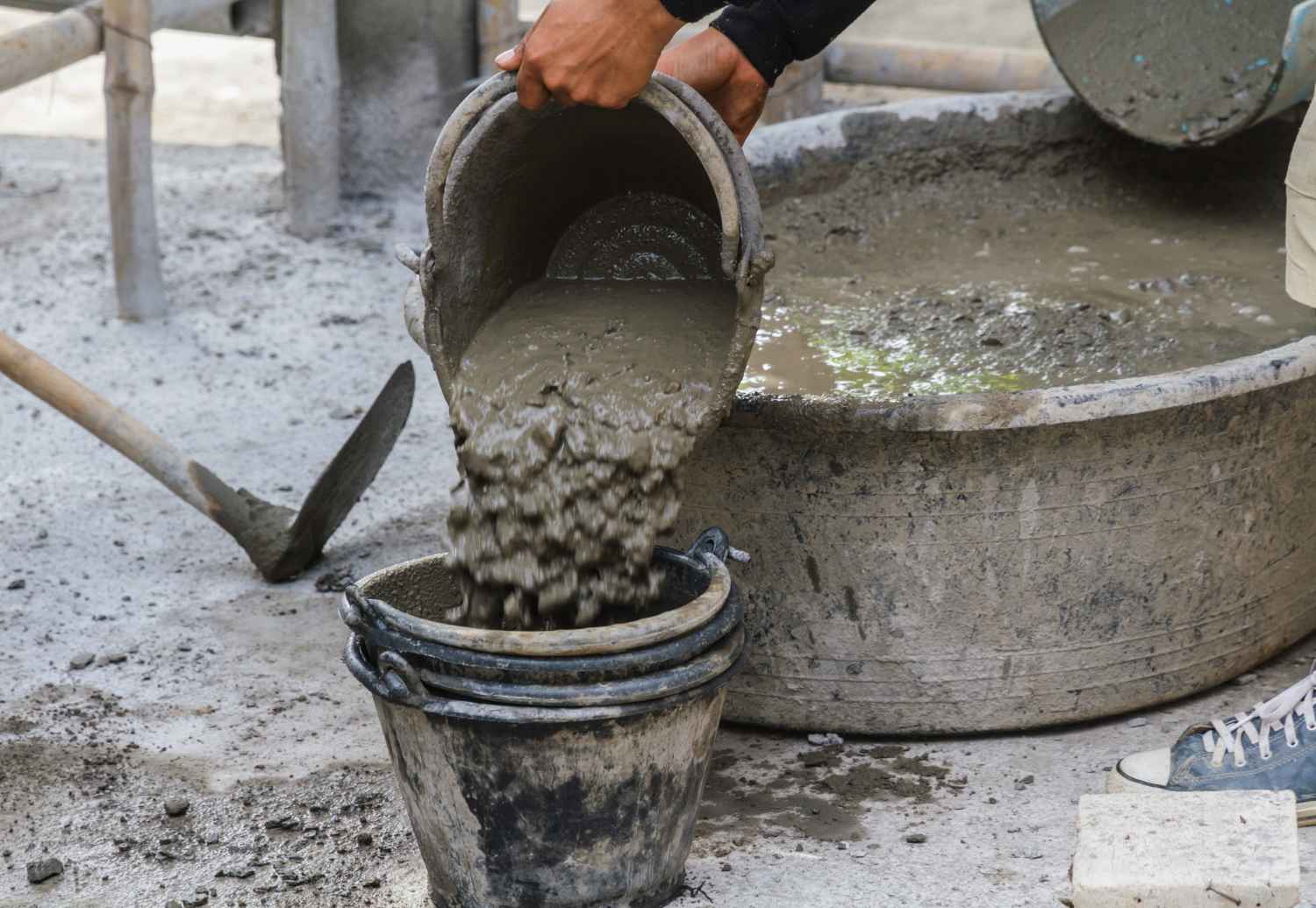Compared to conventional concrete, low-carbon concrete produced has a lower carbon footprint. But it should act like regular concrete. The production procedure and mix design of concrete have the potential for several minor adjustments by its producers to achieve smaller carbon footprints of the concrete.
Some examples of this are using already proven technologies like Ready Mix Concrete London, changing the fuel source, and replacing mineral components such as fly ash, calcined clay, or blast furnace slag for a part of the cement.


Low-carbon concrete is versatile and can be used effectively in these applications to drive sustainable construction practices.

The cost of low-carbon concrete can vary significantly based on several factors, including material composition, location, project size, and specific requirements.

Developing and testing a low-carbon concrete mix in the laboratory typically takes 4 to 8 weeks. This timeline includes everything from the initial mix design to the final reporting, ensuring the concrete meets the required performance standards for its intended use.
Low-carbon concrete is a sustainable alternative to traditional concrete, significantly reducing carbon emissions while maintaining the same performance standards as conventional concrete production.
Low-carbon concrete represents a sustainable alternative to traditional concrete. It significantly reduces carbon emissions during production while maintaining the same performance standards. It promotes resource conservation and energy efficiency by incorporating alternative materials and adjusting production processes.
With construction incrementally moving towards greener practices, low-carbon concrete delivers durability and satisfies regulatory drive. This innovative material creates resilient, eco-friendly structures that benefit both the environment and society.
A boom pump uses a robotic arm (boom) to deliver concrete with precision at height or distance, making it ideal for large-scale and high-rise projects. A line pump, on the other hand, is better suited for smaller, ground-level jobs and uses flexible hoses to deliver concrete. We offer both types depending on your project requirements.
With a boom pump, concrete can be pumped up to 70 metres vertically and over 200 metres horizontally. Line pumps can reach around 150 metres horizontally, depending on the setup and hose diameter. Our experts will assess your site and recommend the best solution to reach even the most challenging locations.
Yes, it’s important to ensure the site is accessible, level, and free from obstructions. There should be enough space for the pump vehicle to park and operate safely. If you’re unsure about access or clearance, our team can provide advice or arrange a pre-site visit.
The duration of a concrete pumping job depends on the volume and complexity of the pour. In general, a typical residential pour can be completed in under two hours. Our efficient service aims to minimise downtime and keep your construction project on schedule.
Yes, concrete pumps can operate in light rain and mild weather conditions, but heavy rain, high winds, or frozen ground may delay or halt operations for safety reasons. We always monitor the forecast and keep you informed of any possible schedule changes.
Yes, all our pump hires include a trained and experienced operator who will handle the equipment and ensure concrete is placed efficiently and safely. They’ll also help guide you through the process on-site, ensuring a smooth pour every time.
Ready Mix Concrete London (Trading as Pro-Mix Concrete Ltd)
Copyright © 2025 | Ready Mix Concrete London (Trading as Pro-Mix Concrete Ltd) | All Rights Reserved.